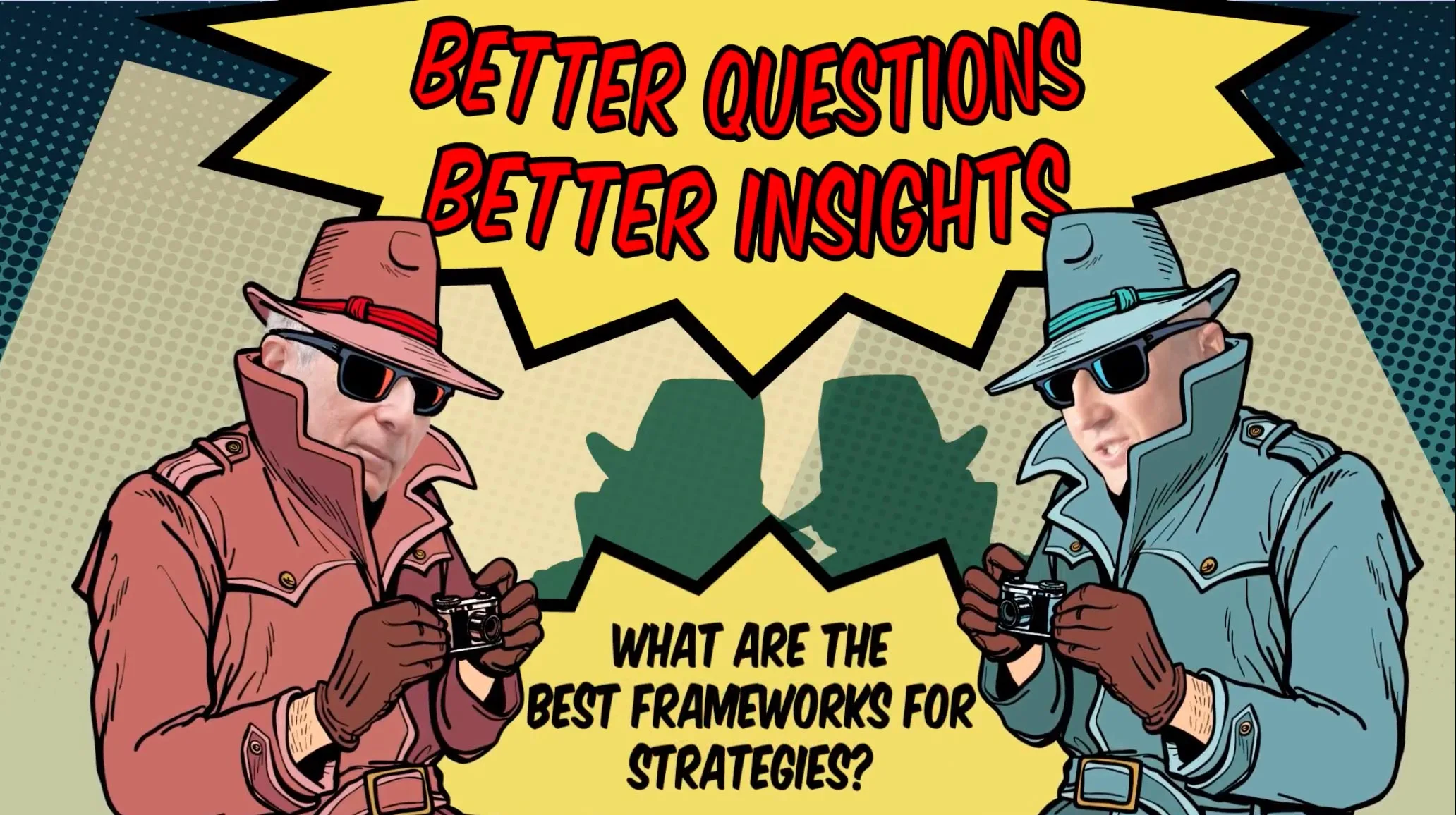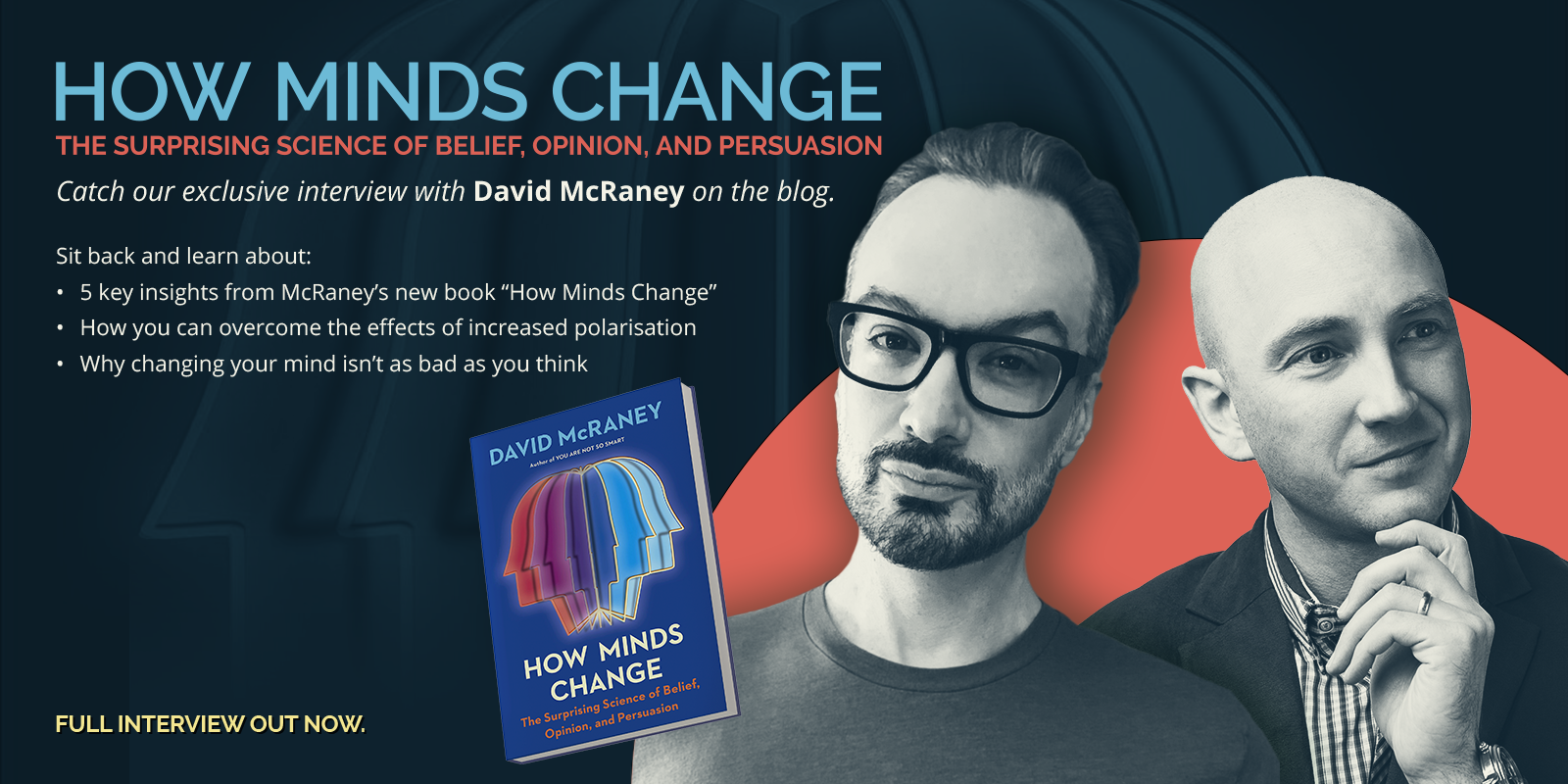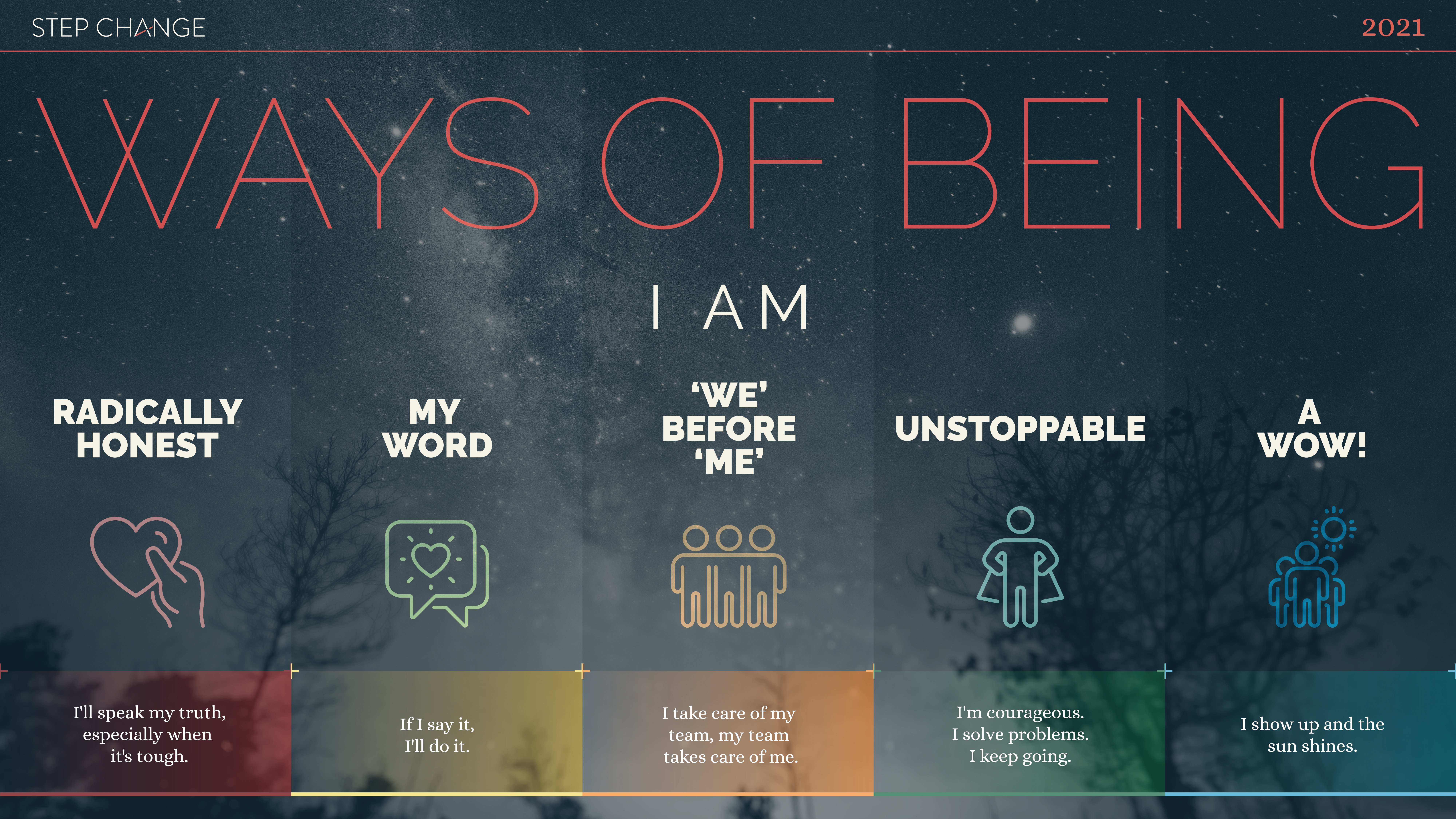Marketing has changed. It used to be a distinct element of an organisation with a simple focus: getting goods and services from concept to customer.
But the world has changed, and so too must the way we view marketing.
As silos crumble around us and the world becomes more connected, integrated, and seamless, it’s becoming harder to see where one thing ends and another begins.
Which is why marketing needs a rethink.
And that rethink starts with a new definition.
Simply put, marketing is where your business meets the market. [Click to Tweet]
It’s the top-line section of your business strategy. It’s sales, customer service, supply chain, and advertising. It’s digital, physical, and metaphysical. It’s the net result of every experience people have with your organisation.
And when we zoom back and view marketing with a new lens, we need to revisit the tools we use to create effective marketing strategies.
Introducing Growth Strategies: A Marketing Toolkit for the Modern World
We recently held a breakfast to launch Growth Strategies: A Marketing Toolkit for the Modern World.
.png?width=412&name=Growth%20strategy%20Book%20mockup%20(1).png)
Fill out the form below for a comprehensive overview of the toolkit.
It’s the culmination of working with over 100 clients — across every ATO tax category from fertility to funeral homes — each year.
We’ve synthesised the best frameworks, models and tools — and developed some of our own — to create a marketing toolkit that will give your business the competitive edge needed to succeed in a volatile, uncertain, complex, and ambiguous (VUCA) world.
So what’s involved?
Here’s a brief overview of the ten building blocks that comprise Growth Strategies.
1. Start with Why
It’s been proven that purpose-led organisations outperform their competitors. With a clear unifying purpose, your team and your stakeholders have a clear focus to rally behind and your customers have more than something to buy — they have something to buy into.
2. Know Your Market
One of the biggest mistakes that businesses make is trying to speak to too many people. In an increasingly competitive environment, understanding your market and your customers is more important than ever. Taking the time to do a deep dive into both gives you the necessary insights to deliver real differentiated value that your customers actually care about.
3. Present Your Value
It’s not how good you are; it’s how good you appear to your customers. You may have the best product around, but if you aren’t communicating your value clearly, succinctly, and persuasively, be prepared to get lost in the noise.
4. Get Focused
Time and time again, businesses try and do too much and end up getting nowhere. Strategy is about choices, and by identifying the top opportunities and challenges upon which to focus, you can more effectively leverage your limited resources for maximum results.
5. Check Your Foundations
In the quest for innovation and pursuit of the next big thing, it’s easy to forget about the fundamentals. But without strong foundations, no amount of innovation will save you. Fixing the foundations by taking a look at your customer journey — from the way customers find out about you to the way your customers are asked for referrals or reviews — often yields the biggest returns because, after all, a chain is only as strong as its weakest link.
6. Establish Your Digital Fundamentals
As the lines between physical and digital become increasingly blurred, the importance of optimising your digital presence is greater than ever. Your customers’ lives are not neatly split between physical and digital; rather they’re a seamless whole. The more effectively you capitalise on that, the more successful you’ll be.
7. Identify Your Customer Experience Multiplier
Word of mouth has long been one of the most effective forms of marketing, and nowadays the scale of reach has increased ten fold. Deliver a remarkable customer experience, known as lightning strikes, and make it easy for your customers to talk about you and reap the rewards.
8. Find Your Step Change
To paraphrase Jack Welch, if you’re not innovating faster than the market, you’re losing. And in a time of constant change and evolution, staying still is a recipe for disaster. The pressure is on to continually be growing, developing, and looking for ways to improve on previous performance.
9. Define Your Strategy
It’s all well and good to launch a series of growth initiatives, but unless they’re part of a coherent strategy, you aren’t realising the full value. Taking the time to focus, make the tough choices, and crystallise a clearly defined and understood strategy ensures that your growth initiatives work together to achieve your core objectives.
10. Get Moving
The real value of any strategy lies in its execution. An average strategy well executed is better than a great strategy that sits in a bottom drawer. But the true value comes from a great strategy well executed. But no strategy survives its first engagement with reality, so move quickly, be agile, and develop safe-fail tests where required.
Conclusion
So there you have it, a very brief helicopter view of Growth Strategies: A Marketing Toolkit for the Modern World.
To learn more about the vast amount of tools and frameworks within, simply 
 Adrian Stewart is a Senior Strategy Exec at Step Change. He is a strategic thinker and lifetime improviser with a passion for understanding human behaviour. With over 10 years’ experience in the world of marketing, he’s covered a range of roles in sales, account management, training, strategy, and copywriting. He’s worked with all manner of big global brands, small businesses, and startups.
Adrian Stewart is a Senior Strategy Exec at Step Change. He is a strategic thinker and lifetime improviser with a passion for understanding human behaviour. With over 10 years’ experience in the world of marketing, he’s covered a range of roles in sales, account management, training, strategy, and copywriting. He’s worked with all manner of big global brands, small businesses, and startups.






















